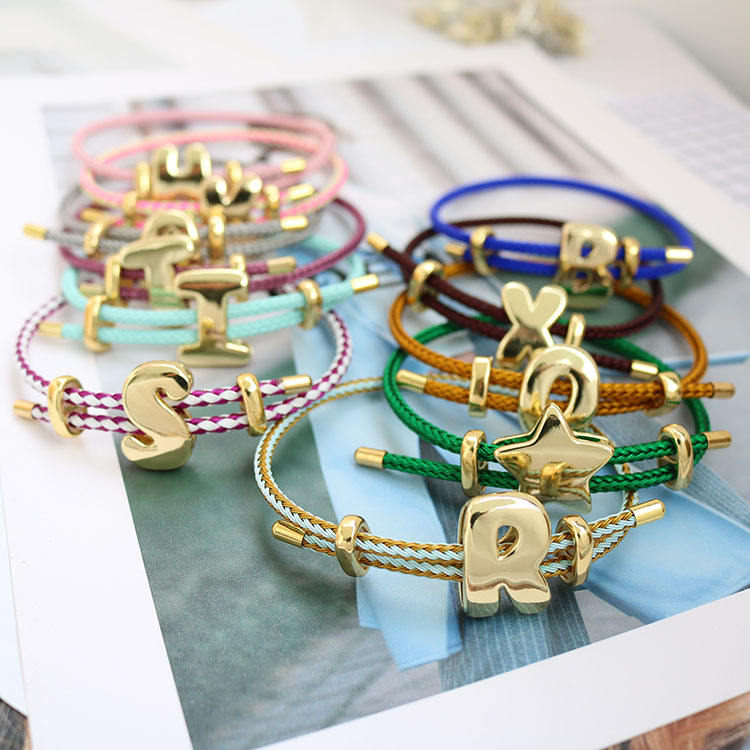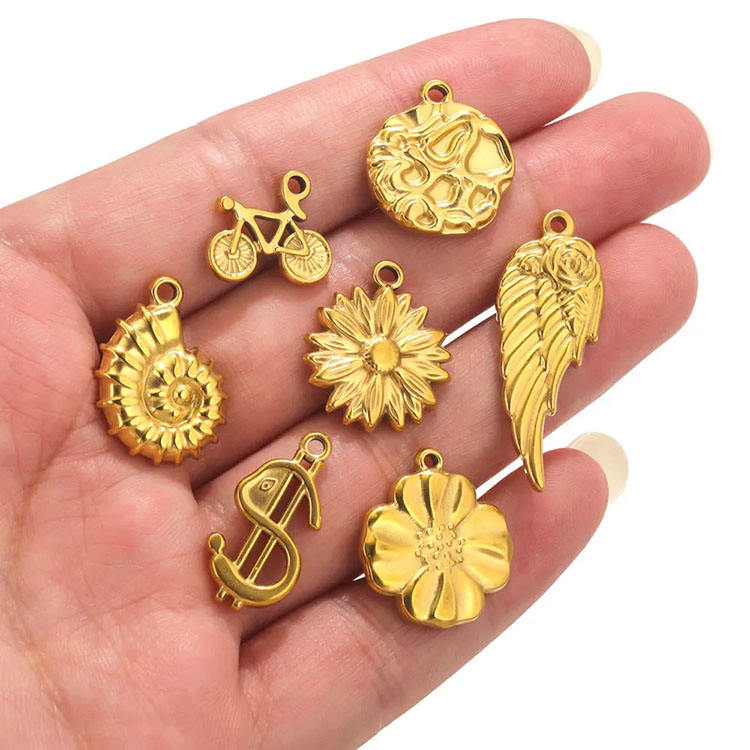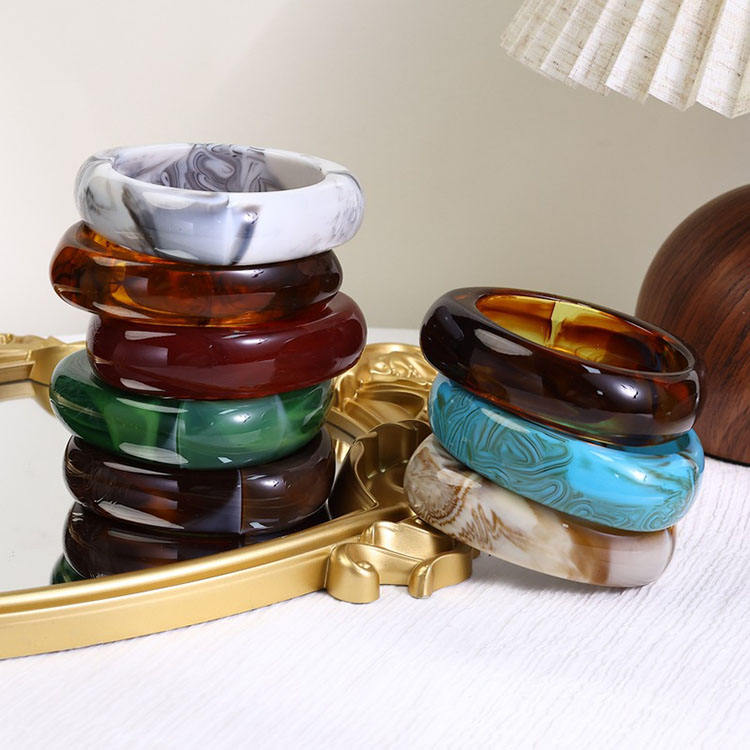For jewelry lovers living in coastal regions, the battle against corrosion and tarnishing is all too familiar. The combination of saltwater air, high humidity, and intense sun can quickly degrade metal accessories. If you’re considering brass jewelry, you may be wondering whether eco-friendly brass offers better corrosion resistance than traditional brass in seaside conditions. Here’s a detailed comparison to help you decide.
Eco-friendly brass is engineered to reduce environmental impact and improve wearability. Unlike conventional brass, which often contains lead and other potentially harmful additives, eco-brass uses alternative elements such as silicon, manganese, or additional zinc. These substitutions not only make the metal safer for skin contact but can also enhance its structural integrity and corrosion resistance.
All brass alloys contain copper, which reacts with oxygen, moisture, and salt to form a patina—a surface layer that can range from aesthetically pleasing to structurally damaging. In coastal settings:
Salt accelerates oxidation and encourages greenish verdigris formation.
Humidity maintains a damp environment, speeding up electrochemical reactions.
Traditional brass, with its impurities and porous structure, often shows signs of tarnishing and pitting more quickly.
Eco-friendly brass generally performs better in corrosive environments for several reasons:
Improved Alloy Composition: Many eco-brass variants incorporate corrosion-resistant metals like aluminum or nickel.
Fewer Impurities: The absence of lead and other porous additives means there are fewer sites for corrosion to begin.
Protective Finishes: Eco-brass jewelry is often sealed with non-toxic coatings or waxes that provide an additional barrier against salt and moisture.
It’s important to note, however, that not all eco-brass is identical. Performance can vary based on the specific alloy and quality of production.
No brass jewelry is entirely maintenance-free in harsh climates, but you can prolong its lifespan with these practices:
Rinse pieces in fresh water after exposure to salt air or ocean spray.
Gently dry with a soft, lint-free cloth.
Store in a dry, sealed container, ideally with anti-tarnish strips.
Consider applying a jewelry protectant spray designed for metals.
Plating: Gold or rhodium plating can offer extra protection, though it may wear off over time.
Design Simplicity: Jewelry with minimal intricate details is easier to clean and less likely to trap moisture.
Allergic Reactions: Eco-brass is often hypoallergenic, making it suitable for those with sensitive skin.
Eco-friendly brass jewelry typically offers superior corrosion resistance compared to regular brass in coastal environments, thanks to its refined material composition and reduced reactive elements. While it may require periodic care, it is a durable, sustainable, and stylish option for those who love living—or vacationing—by the sea.
Choosing eco-brass not only helps protect your jewelry but also supports environmentally responsible manufacturing practices. With proper maintenance, you can enjoy your favorite pieces season after season.









